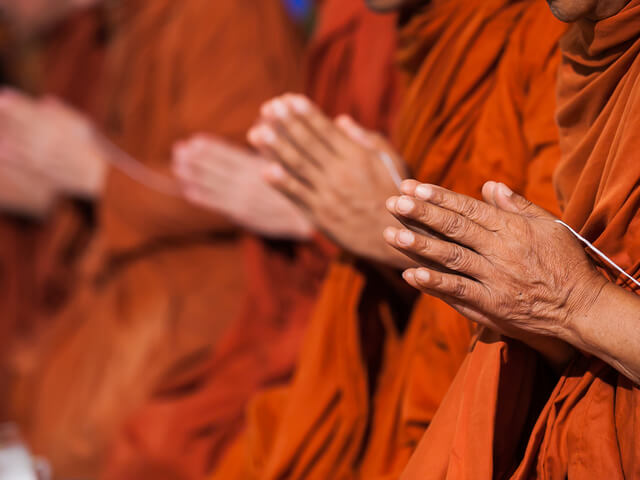Prayer, an age-old practice that transcends cultural and religious boundaries, serves as a means of connecting with the divine, seeking guidance, and expressing gratitude. At the heart of this profound human endeavor lies a captivating interplay between language, poetry, and ritual. In this exploration, we delve into the intricate tapestry of prayer, dissecting its linguistic nuances and the poetic cadence that infuse it with spiritual resonance. Join us as we embark on a journey to uncover the profound relationship between language and the sacred, where words transform into vessels of devotion.
Language as the Bridge
Language has long been regarded as a bridge that connects the earthly realm with the divine. Through prayer, believers utilize this bridge to engage in a dialogue with their chosen higher power. It is through carefully chosen words and phrases that individuals convey their deepest emotions, hopes, and fears. In this context, the act of prayer becomes an eloquent expression of the human experience, transcending the barriers of time and culture.
The rich tapestry of human languages offers a diverse palette for prayer. The melodic Arabic verses of Islamic prayers, the ancient Sanskrit mantras of Hinduism, the rhythmic Hebrew psalms of Judaism, and the poetic hymns of Christianity – each tradition infuses its own linguistic beauty into the act of devotion. These linguistic variations showcase the profound ways in which language can shape and deepen the spiritual experience.
Poetry: The Language of the Soul
Poetry and prayer, two seemingly distinct forms of expression, intertwine seamlessly to create a heightened spiritual experience. Poetry’s unique ability to evoke emotions, paint vivid imagery, and capture complex concepts finds its perfect partner in the realm of prayer. As believers recite poetic prayers, they engage not only their minds but also their hearts, allowing the words to resonate within their souls.
Consider the mesmerizing verses of Rumi, the 13th-century Persian mystic and poet. His ecstatic poetry, suffused with divine love, serves as a form of prayer in itself. Lines like “Let yourself be silently drawn by the strange pull of what you really love” inspire a sense of unity with the divine, inviting readers to embark on a spiritual journey through the very act of reading and reflection.
Rituals: Embodied Prayers
In the mosaic of devotional practices, rituals form an integral piece. Rituals, with their precise gestures and repetitive motions, provide a tangible framework for the ethereal act of prayer. Whether it’s the bowing and prostration of Islam, the lighting of incense and candles in Buddhism, or the symbolic breaking of bread in Christianity, rituals transform abstract prayers into concrete actions.
The fusion of language, poetry, and ritual enhances the potency of prayer. The rhythmic cadence of spoken words, combined with purposeful movements, creates a holistic sensory experience that grounds believers in the present moment. This embodiment of prayer allows individuals to transcend the boundaries of the mundane and step into a sacred space, where they commune with the divine.

Cultural Significance and Continuity
The language of prayer also serves as a vessel for cultural continuity, preserving traditions and beliefs across generations. Ancient prayers handed down through the ages encapsulate the wisdom, aspirations, and values of a community. Through the act of recitation, individuals not only connect with the divine but also tap into the collective consciousness of their forebears.
The preservation of language and ritual within prayer serves as a testament to the enduring power of tradition. As modern life hurtles forward with technological advancements, the practice of prayer becomes an anchor, reminding individuals of their roots and providing solace in times of uncertainty. Visit Life Positive where you will find lots of useful tips and information about the language of prayer.
Conclusion
The language of prayer is a symphony of words, poetry, and rituals that transcends the boundaries of the tangible world. It is a timeless expression of the human spirit’s yearning for connection, meaning, and transcendence. Through the interplay of language’s beauty, poetry’s emotional depth, and ritual’s grounding force, individuals engage in a sacred dance that spans cultures and civilizations.
As we continue to navigate the complexities of life, let us not overlook the profound significance of prayer’s language. In the quiet moments of reflection, when we send our hopes and dreams into the universe, we are participating in a tradition as old as humanity itself. So, whether in the echoing halls of a grand cathedral, the serene corners of a temple, or the quiet solitude of a personal sanctuary, let us remember that the language of prayer is a universal gift that binds us all, a testament to the enduring human quest for the divine.





